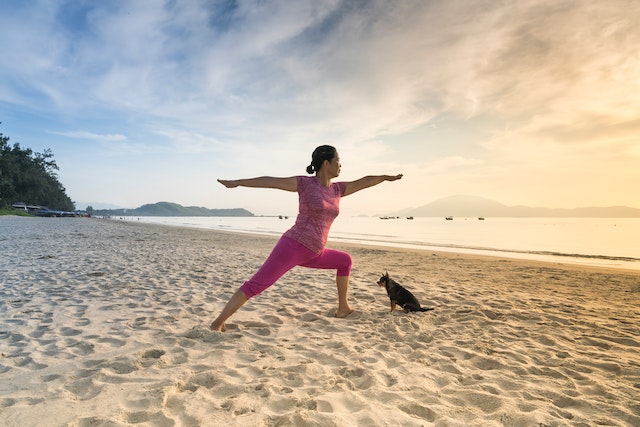
Written by Devin Garcia, Stretch Love Yoga
Let’s dive deeper into yoga and flexibility and how important both can be for your routine.
Why is Flexibility Important?
The five elements of a well-rounded fitness regimen are aerobics, strength training, core training, balance training, and flexibility. Flexibility is the oft-overlooked element in general fitness. It’s the element that people think either you’ve got it or you don’t. Or they don’t like it and think it’s a waste of time. This shouldn’t come as a shock to you, but I’m here to tell you that flexibility training is not a waste of time and most certainly doesn’t have to be the boring part of your routine!
Flexibility not only helps your fitness routine, but is essential to us as we grow older. Want to keep your mobility? Save yourself from increasingly nagging aches and pains? You’re going to want to stretch! It’s obvious that stretching can help alleviate and prevent common aches and pains, but did you know it can also improve circulation, posture, and tension? This is vitally important in our increasingly sedentary lifestyles. Aside from that, it also helps improve all other areas of a well-rounded fitness routine.
Seriously though! Your range of motion affects your balance, agility, and coordination. Think you’ll be able to pull off your personal best deadlift with limited range of motion? For the sake of your lower back, think again! As we age, the likelihood of falling increases, and the severity of the injuries associated with falling increases as well. Maintaining a healthy range of motion to work on balance is also super important!

Why Is Yoga Important?
Aside from helping you with your mobility, yoga offers a wide array of benefits. These include, but are not limited to, increased strength, better cardiovascular health, improved breathing, more bodily awareness, and emotional and mental wellbeing. Including yoga in your regular routine can help your body to feel better and more mobile, while at the same time alleviating stress and anxiety. Bonus, it can also help you sleep better!
When considering flexibility through the scope of yoga, there is a common misconception that you have to be flexible to do yoga, or that the purpose of yoga is to make you more flexible. The truth is that yoga is merely a tool to help you connect more deeply with your body and what it needs. Yoga is all about balance, the yin and the yang, the strength and the flexibility.
How To Improve Flexibility With Yoga
So can yoga actually improve your flexibility? Absolutely! A lot of the poses are designed to stretch out spots in your body that may be tight or less mobile. While practicing, you’re going to want to use the time to understand what your body needs. Doing so will help you improve your flexibility and overall practice.
So you may find that you’re tight and could really use stretches to relieve aches and pains in certain areas of your body. But at the same time, maybe you have decent balance, or lunges are easy for you. If that’s the case, you may want to prioritize stretching over strengthening. On the flip side, you could be like me and be the polar opposite. Maybe your body is on the more flexible end of the range, if that’s the case you may find strength to be very challenging and therefore prioritize strengthening.
Once you’ve embarked on your flexibility journey, you will begin to feel the difference in your daily life. In your typical fitness routine, things will come to you more easily, and you can actually progress more. For example, if you’re a yoga practitioner, your practice will flow a little easier to you. If you experience daily aches and pains, as your flexibility and range of motion increases, hopefully those nagging aches and pains will begin to dissipate.
So all this info is great and all, in fact, it may sound amazing, but how do you actually put it into action?
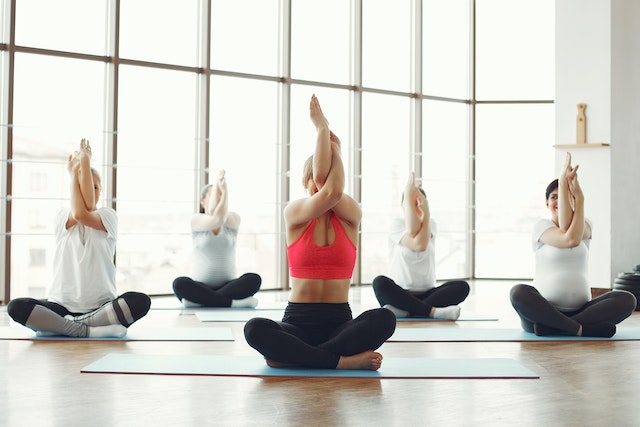
Step One: Assess Your Natural Abilities
It’s important to know what’s naturally easier for your body. This is a clue as to what needs more work.
Do you know if you tend to be more strong and less flexible? If so, you may want to focus more on stretching.
Or do you tend to be more flexible and less strong? In this case, you’re going to have to work more on your strength training!
Step Two: Assess Your Areas That Need Attention
Now that you generally know what’s easier for your body, it’s time to figure out the specific areas to prioritize.
Have especially tight hamstrings? You’re going to want to focus on increasing your range of motion there.
Have unstable knee joints? You’re probably going to want to work on leg strength to help stabilize yourself.
Step Three: Consistency is Key
This is a practice without a finish line. It’s great to make goals, but once you’ve reached them, then what happens? Try not to allow yourself to proverbially pack up your marbles and go home. There’s always room for progression, always a new goal that can be made. Keeping consistent means you’ll have incorporated a lifelong practice that keeps your body in good working order into your old age.
About the Author
My name is Devin Garcia, and my aim is to help my students stop spinning their wheels with the same old stretches.
I love to see people leaving those old aches and pains behind so they can achieve the flexibility of their dreams. I am so passionate about being a yoga and flexibility teacher, when my students reach their goals, I am beyond thrilled!
I first tried yoga in late 2009 and fell in love! I attended classes daily, took a yoga teacher training and have been teaching yoga since 2011. At the time, I worked at an office job and taught yoga part time. Eventually, I took a leap of faith and left the office job so that I could pursue my passion full-time. What a fun and fulfilling ride it’s been so far!
If you’d like to learn more about my offerings, please feel free to check out my websites or instagram:


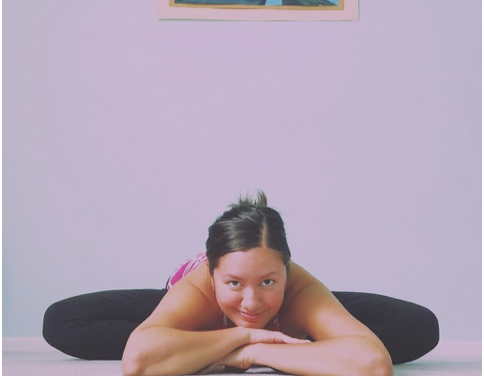
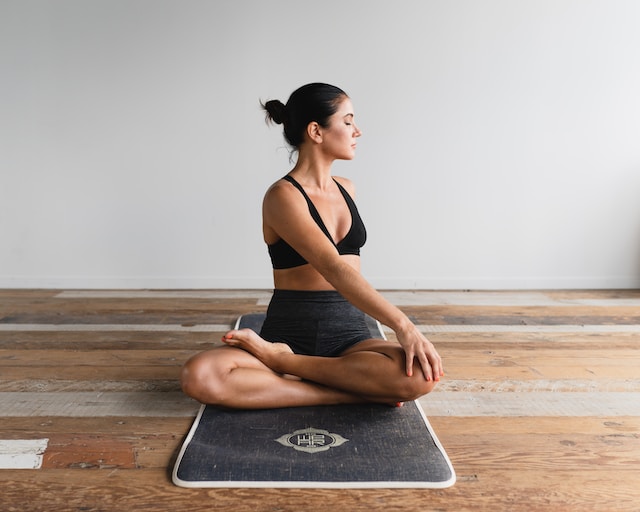
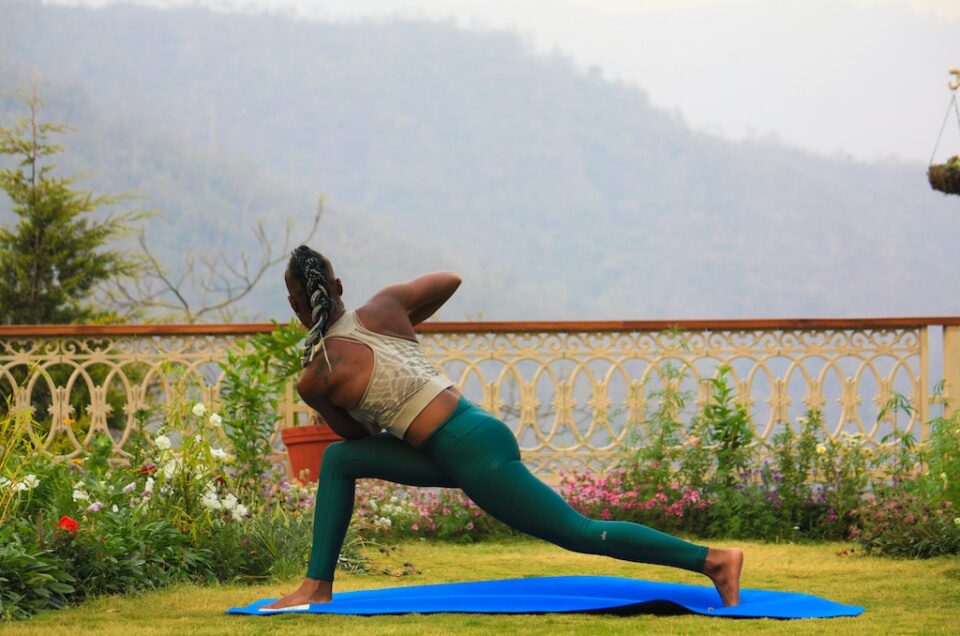



Leave a reply